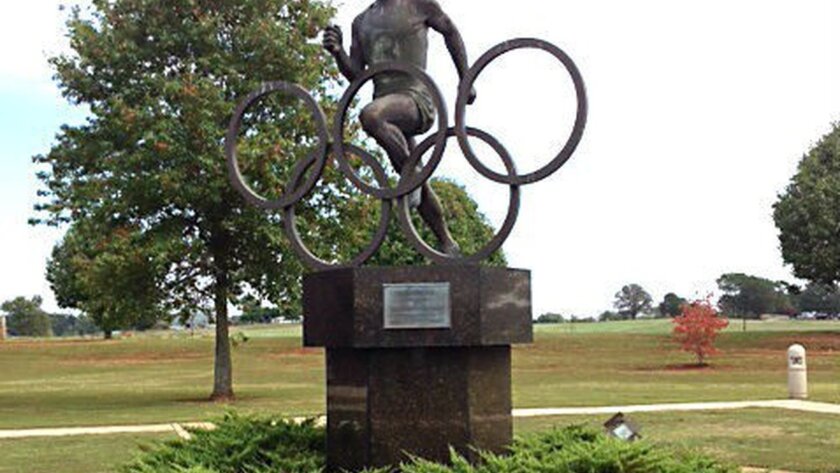The area around the county of Lawrence is a rich source of historical and cultural history. The region is home to some of the state’s largest museums and has some of the state’s most interesting and historic attractions. The area is also home to the most Native American residents of any county in Alabama. The following are some great things to see in Lawrence County. This article will help you plan your visit.
The county was founded by the Alabama Territory legislature on February 6, 1818. After the Indian Removal Act of 1830 forced Southeast tribes to move west and extinguished their land claims, it became a popular place for white settlers. While many of the original residents were forced to leave, some Cherokee descendants stayed behind. In fact, the county is home to the largest population of self-identified Native Americans in Alabama. In addition, the Blue Clan, a part of the Echota Cherokee Tribe, has over 4,000 enrolled members.
The Jesse Owens Museum in Clanton honors the four-time Olympic gold medalist. The park contains a replica of his birth home, a playground, and a museum. A ceremonial mound built by the Copena Indians over 2,000 years ago is located in nearby Oakville. The Oakville Indian Mound Park and Museum has exhibits on the Cherokee and Muskean cultures.
Visitors to Lawrence County should visit the Jesse Owens Museum, the Cook Museum of Natural Science, and the Jesse Owens Museum. All of these locations are located in the south part of the state. For tourists, the county offers a variety of activities that will appeal to all types of travelers. The Jesse Owens Museum is located just 15 kilometers away. The Cook Museum of Natural Sciences is a great place to learn about the local history. Besides that, it has a large collection of natural history.
For historical buffs, the Cook Museum of Natural Science in Decatur is a must see. The Jesse Owens Museum is located 15 km away. The area’s museums are a great place to see the culture and history of the area. The county is home to many small neighborhoods and suburban areas. For families, there are several things to do in Lawrence County. The Heritage of the County in Clanton, Alabama is a free online resource that features articles about the local culture and history.
For history buffs, the Cook Museum of Natural Science is a must. The Jesse Owens Museum in Lawrence County is located 15 kilometers away. It has a wide range of historical exhibits that will appeal to families of all ages. A family-friendly environment will make any vacation memorable. This area of the state is a place to explore for a lifetime. There are numerous historic sites, parks, and museums to see and enjoy.
For history lovers, there is the Jesse Owens Memorial Park in the south of the county. The four-time gold medalist’s birth home is commemorated in this memorial park. The other two must-sees in the area are the Oakville Indian Mound and General Joe Wheeler Home. The Black Warrior Path is a historical route through Cullman County that starts at the site of the Black Warrior. It is an ancient pathway used by native Americans and pioneer settlers for centuries.
There are also small towns and rural communities in the county. The Cook Museum of Natural Science is located in Decatur and the Jesse Owens Museum is in Lawrence County. For history lovers, there are plenty of museums in the area. Attractions in the area include the historic homes of the town’s founders, and a renowned court. In addition to being a historic place, the city of Lawrenceburg is home to the Jesse Owens House, which is an iconic landmark of the Alabama Civil War.
The landscape of Lawrence County is dotted with oak and pine trees. The county’s landscape includes limestone uplands, level plains, and a variety of flora and fauna. The Tennessee River is the most biologically diverse river in the United States, offering abundant economic opportunities for the area. The Black Warrior River runs through the south of the county, which is home to a number of wildlife.

